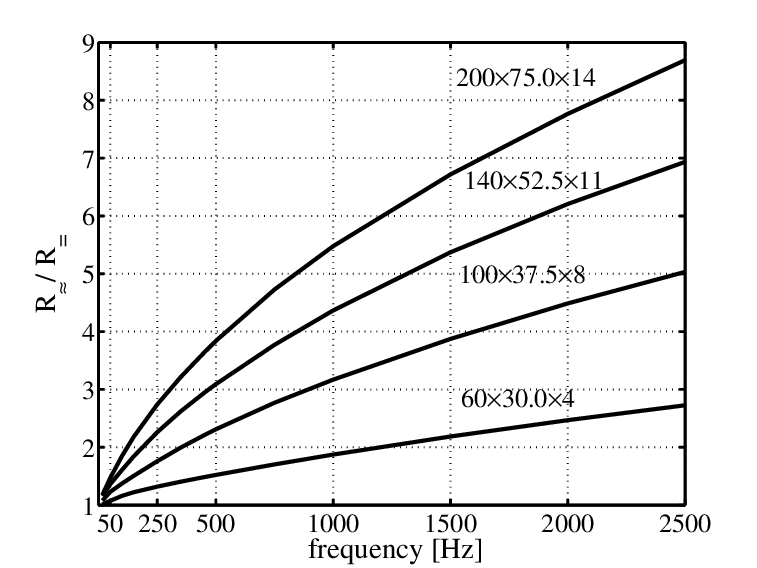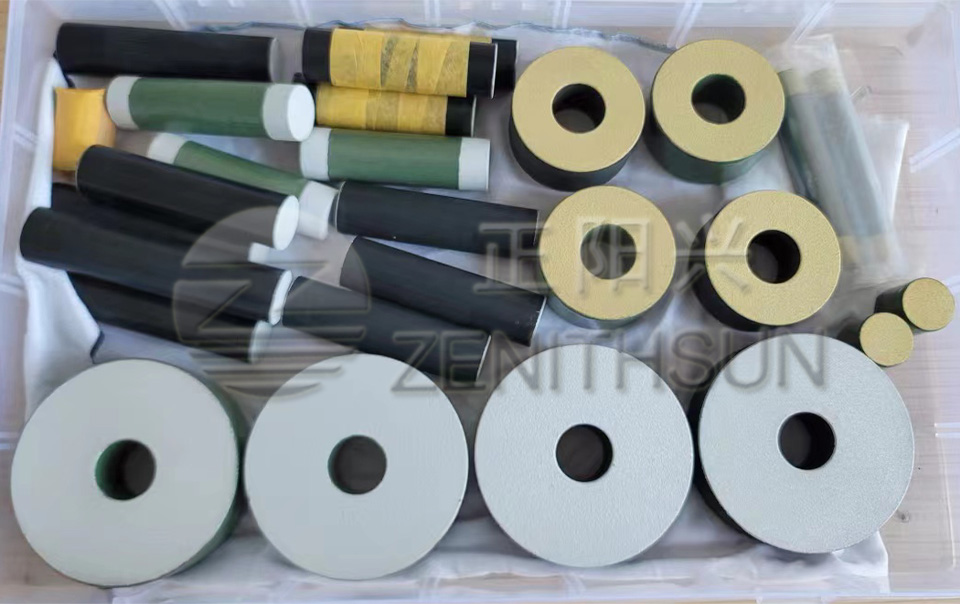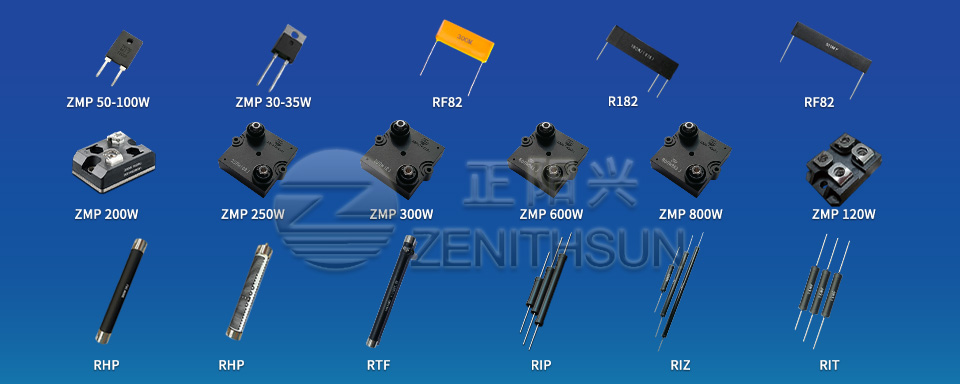In electrical engineering, frequency is a common concept.
Electrical frequency refers to the frequency of periodic changes in voltage and current in alternating current, that is, the direction and magnitude of current change at a certain frequency.
The resistance value of a resistor may vary at different frequencies, which mainly involves the frequency response characteristics of the resistor device. Generally speaking, resistive devices typically exhibit a fixed resistance value in the low frequency range, but as the frequency increases, some effects may cause changes in the resistance value. The following are some factors that may cause resistance frequency dependence:
Skin Effect: At high frequencies, the current tends to flow through the surface of the conductor rather than through the entire cross-section of the conductor. This is called the Schottky effect, which causes the resistance value to increase with increasing frequency.
Proximity Effect: The mutual inductance effect is a phenomenon that occurs between adjacent conductors at high frequencies. This may cause changes in the resistance value near the conductor, especially in high-frequency AC circuits.
Capacitive Effect: At high frequencies, the capacitive effect of resistive devices may become significant, resulting in a phase difference between current and voltage. This may cause the resistance value to exhibit complex impedance at high frequencies.
Dielectric Loss: If a resistive device contains dielectric materials, these materials may cause losses at high frequencies, leading to changes in resistance values.
In general electronic circuits, the frequency dependence of resistance is usually only considered in high-frequency radio frequency (RF) circuits or specific high-frequency applications. For most low-frequency and DC applications, the frequency effect of resistance is usually negligible. In high-frequency circuits, design engineers may choose specially designed high-frequency resistor devices to meet frequency dependence requirements.
Frequency-diagram-of-resistance-coefficient
When resistors are applied in high-frequency radio frequency (RF) circuits or specific high-frequency applications, to avoid the influence of frequency on the resistance, non-inductive resistors are usually selected.
Ceramica Resistors
Thick Film Resistors
ZENITHSUN produces thick film resistors and ceramic composite resistors, both of which belong to non-inductive resistors. Of course, wire wound resistors can also be made into low inductance types, but the non-inductive effect is inferior to thick film resistors and ceramic composite resistors. The best choice is ceramic composite resistors, which adopt non-inductive design and have strong anti pulse ability.









